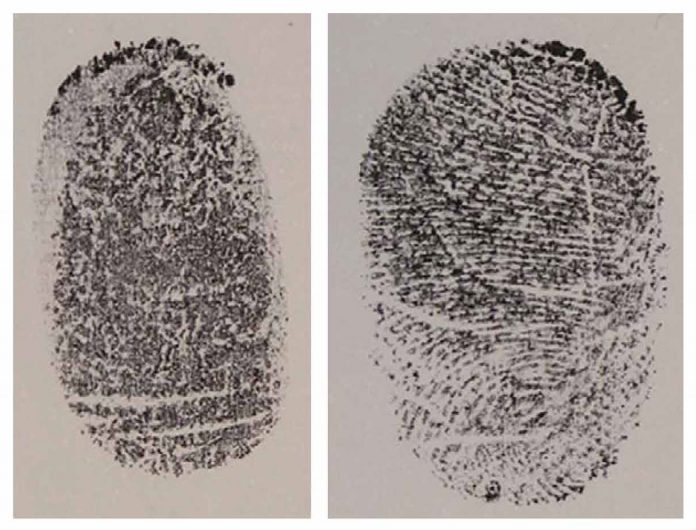
by Eli Sprecher and Viva Sarah Press
Photos by Eli Sprecher Et AL
Imagine getting to immigration and struggling to enter a country, not because you don’t have a passport or legal status, but because you have no fingerprints. An Israeli professor, Eli Sprecher from Tel Aviv University’s Sackler Faculty of Medicine and the Tel Aviv Sourasky Medical Center, has identified the genetic mutation responsible for the unusual condition known as adermatoglyphia, or “Immigration Delay Disease”.*
Adermatoglyphia is a rare affliction affecting a handful of people that leaves the sufferer without fingerprints – making it difficult for them to cross security checkpoints or border controls. Now, Professor Sprecher’s discovery has given researchers unique insights into the most complex biological phenomena, such as the consequences of lacking a single protein.
The condition itself is extremely rare, with only four documented and unrelated families, being known to suffer from “Immigration Delay Disease” worldwide. The affliction, which does not spare Asians, came to the attention of the medical community in 2007 when a Swiss woman without fingerprints could not comply with US border demands. It turned out that nine members of the woman’s extended family also lacked fingerprints, leading the medical community to suspect the cause might be genetic.
Researchers compared the genes of those with adermatoglyphia and those without to identify where the genetic alteration lies. They discovered that a skin-specific version of the gene SMARCAD1 has a regulating factor on fingerprint development. The group that presented with adermatoglyphia, Professor Sprecher explains, was found to have decreased levels of the short skin-specific version of the gene. He also reports that, in addition to causing an absence of fingerprints, adermatoglyphia also leads to
a reduction in the number of sweat glands.
*Research was carried out in collaboration with Dr Janna Nousbeck of the Tel Aviv Sourasky Medical Center and Professor Peter Itin of the University Hospital at Basel, Switzerland










